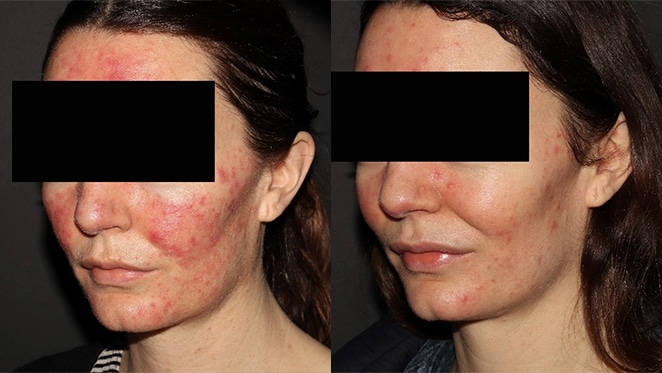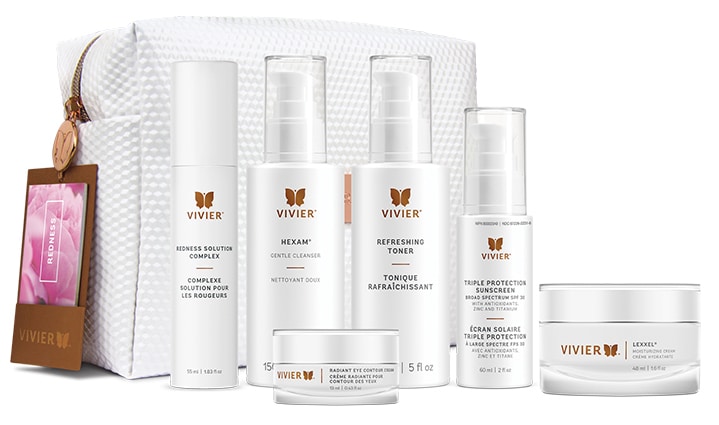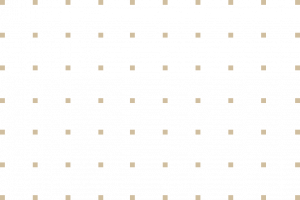Rosacea
This is a common, chronic inflammatory skin condition that initially causes facial redness and pimples. It can also (less frequently) lead to skin thickening and swelling especially of the nose).
There are four different types of Rosacea
Involves redness, flushing and visible blood vessels
Redness, swelling and “acne-esq” breakouts
The skin thickens and has a bumpy texture
Eyes are red and irritated, eyelids can be swollen
Who Gets Rosacea?
This condition affects 5% of adults worldwide – we are traditionally taught that women are affected more than men, but more studies are showing an almost equal incidence. It occurs after age 30 (typically).
What causes it: there is no single cause generally and many theories on causes of susceptibility to having rosacea
- a hyperactive immune response: it is thought that one immune mediator in particular cathelicidin maybe involved in causing rosacea – typically our immune system responds to any insult through: dilation (opening of blood vessels) causing visible redness, heat, swelling and pain. For people with rosacea this response happens over and over again and results in chronically open blood vessels and irritation that gives the skin a red and inflamed look.
- genetic susceptibility: people typically have other family members affected
- altered microbiome of the skin and gut: a bacteria that can cause acid reflux and ulcers can overgrow in the gastrointestinal system. Also an increased density of the demodex mite and staphylococcus epidermis on the skin can cause issues with inflammation
So you now have rosacea what are triggers for rosacea:
- triggers include UV radiation, temperature changes, exercise, spicy foods, alcohol, stress, smoking
Treatments
- general skin care for rosacea: moisturize frequently, use only gentle cleansers, use physical sunscreens (those with zinc oxide/titanium dioxide) as this maybe better tolerated than chemical sunscreen
- avoid exfoliants (avoid products that include acids – glycolic, lactic, salicylic)
- avoid alcohol based products
- avoid topical steroids
- use cosmetics with a green tint (or green tinted primers)
- prescription medications: if you are interested in an evaluation for your rosacea and prescription medication treatment options: please have your doctor send a referral to Dr. Basanti
- for persistent redness and telangiectasias (spider vessels) the best treatment is light therapy and vascular lasers (these treatments are very effective, but are not covered by MSP
Rosacea Treatment Package
The Shine MD Rosacea Treatment Package contains the Vivier Rosacea Redness Kit and four sessions of BBL Forever Young. This light-based laser treatment directly improves the redness and acne-like lesions that are associated with rosacea. Treatments are spaced four weeks apart and are coupled with medical management. Individual results and the number of treatments vary based on rosacea severity and the use of adjunctive treatments.
Forever Young™ BBL for Rosacea
The BBL Forever Young is an important adjunct to gaining control over your rosacea symptoms. We continue to see an improvement in redness and life satisfaction as patients complete our rosacea treatment plans.
Discover Our Before & After Gallery
Want to see real patient results from our innovative skin treatments? View our impressive before and after images in our photo gallery.

*Individual results may vary.


